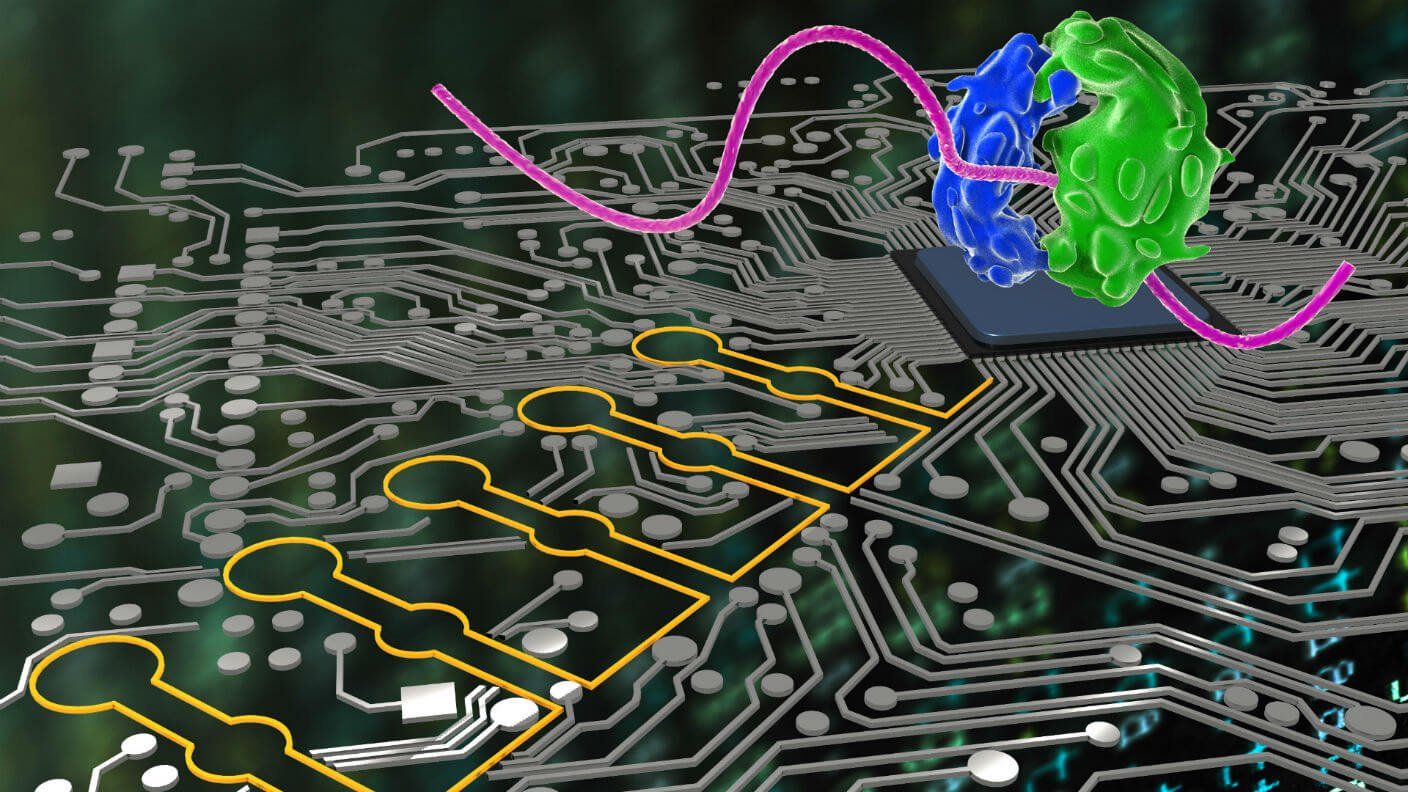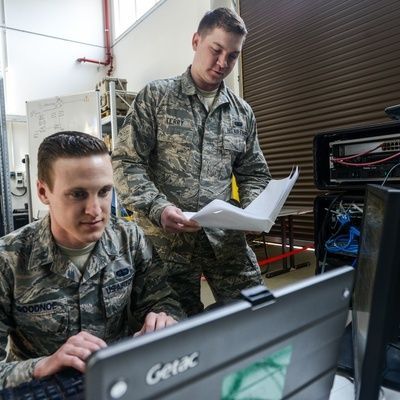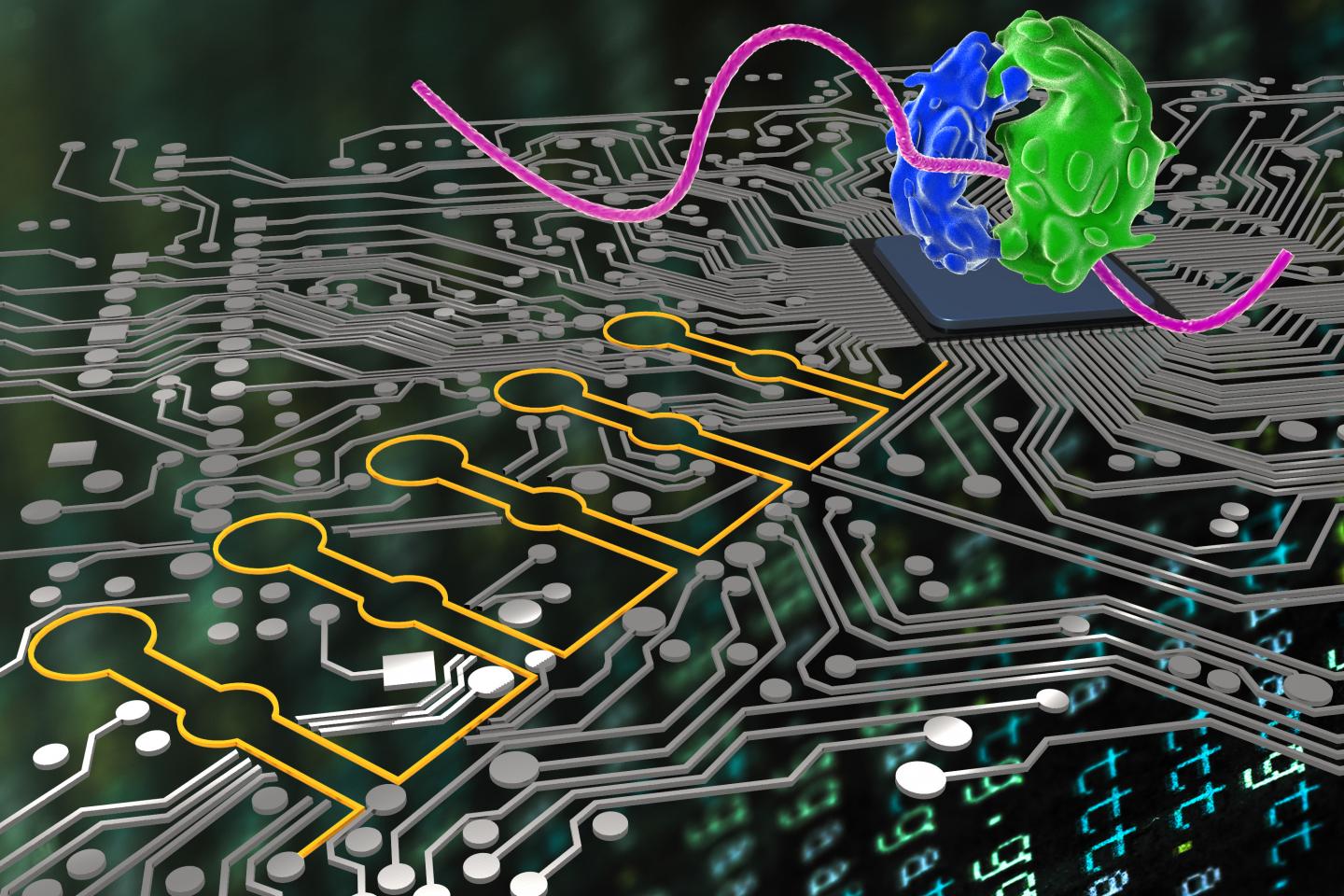Abstract: Berg and Ulfberg and Amano and Maruoka have used CNF-DNF-approximators to prove exponential lower bounds for the monotone network complexity of the clique function and of Andreev’s function. We show that these approximators can be used to prove the same lower bound for their non-monotone network complexity. This implies P not equal NP.
Category: computing

Futurist Gray Scott: We Can’t Ignore Our Psychological Future
[youtube_sc url=“https://www.youtube.com/watch?v=NA0_7FUZ7OE”]
Why are we often so wrong about how the future and future technology will reshape society and our personal lives? In this new video from the Galactic Public Archives, Futurist Gray Scott tells us why he thinks it is important to look at all aspects of the future.
Follow us on social media:
Twitter / Facebook / Instagram
Follow Gray Scott:

The First Ever Blueprint for a Large Scale Quantum Computer has been Unveiled
An international team, led by a scientist from the University of Sussex, have today unveiled the first practical blueprint for how to build a quantum computer, the most powerful computer on Earth.
This huge leap forward towards creating a universal quantum computer is published today (1 February 2017) in the influential journal Science Advances. It has long been known that such a computer would revolutionise industry, science and commerce on a similar scale as the invention of ordinary computers. But this new work features the actual industrial blueprint to construct such a large-scale machine, more powerful in solving certain problems than any computer ever constructed before.
Once built, the computer’s capabilities mean it would have the potential to answer many questions in science; create new, lifesaving medicines; solve the most mind-boggling scientific problems; unravel the yet unknown mysteries of the furthest reaches of deepest space; and solve some problems that an ordinary computer would take billions of years to compute.


Here Are Some New Ideas for Fighting Botnets
It’s a tricky problem, so solutions have to be carefully thought out.
Federal agencies face a thorny path as they try to step up the government’s fight against armies of infected computers and connected devices known as botnets, responses to a government information request reveal.
Industry, academic and think tank commenters all agreed more should be done to combat the zombie computer armies that digital ne’er-do-wells frequently hire to force adversaries offline.




A living programmable biocomputing device based on RNA
Synthetic biologists at Harvard’s Wyss Institute for Biologically Inspired Engineering and associates have developed a living programmable “ribocomputing” device based on networks of precisely designed, self-assembling synthetic RNAs (ribonucleic acid). The RNAs can sense multiple biosignals and make logical decisions to control protein production with high precision.
As reported in Nature, the synthetic biological circuits could be used to produce drugs, fine chemicals, and biofuels or detect disease-causing agents and release therapeutic molecules inside the body. The low-cost diagnostic technologies may even lead to nanomachines capable of hunting down cancer cells or switching off aberrant genes.